Forget about the white sand beaches, cigars and 1950’s classic cars – whilst these are the usual suspects that entice people to visit Cuba, there is so much more to this magical island.
In Cuba, you can wander bustling city streets, go hiking in the mountains, swimming in the azure waters of hidden waterfalls, learn about the art of cultivating tobacco and rolling the perfect cigar, simply soak up the country’s 1950’s time-warp appeal and get a taste of a slower pace of life. It offers a complicated, yet fascinating history. For years, the trade embargo prevented US citizens from visiting the Caribbean Island. Whilst the rules changed for US travellers in 2016, and then again in 2019 and in 2022 visiting the mysterious island is simpler than you may have thought. (Before you plan a visit, make sure to check on regulations and restrictions in place, as things are subject to change.)
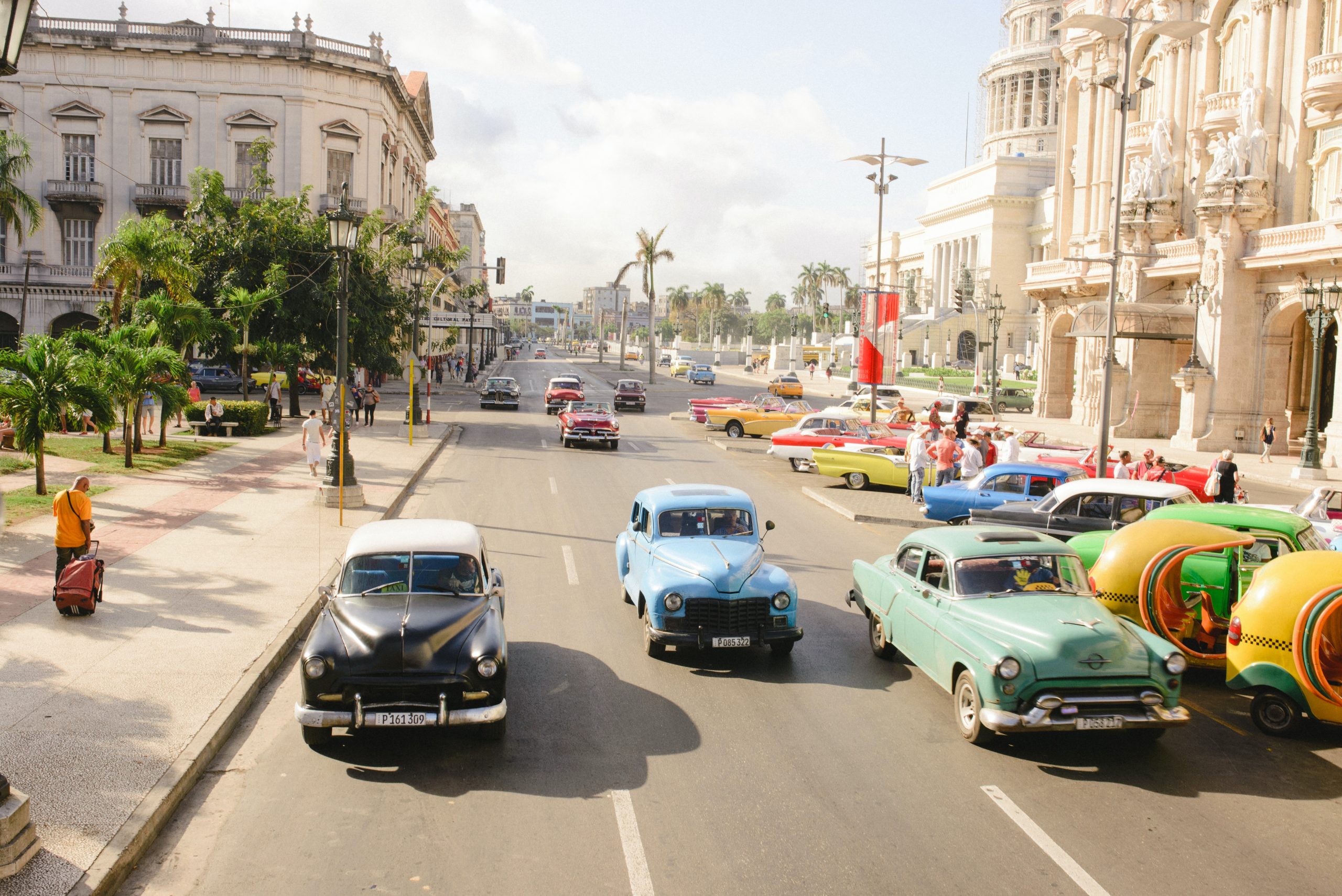
Planning a trip to Cuba
Less than a hundred miles away from the United States, yet the minute you arrive, you feel as if you’ve been transported back to the 1950s. With classic convertibles lining the streets, crumbling Spanish facades, and live street music on every corner, the charm of Havana will lure you in straight away.
Cuba trip can be confusing and challenging to try to arrange yourself, which is why it is great to have a sustainable small group tour operator in your corner. Just make sure that you check them first and support those who directly support the community, your choices can make a real difference to the quality of life of those providing a service to you, like guides, casa owners, private restauranteurs. What you’ll find when you venture past the Havana boundary line with the locals will be a magical experience, so I invite you to experience some Cuban magic for yourself.
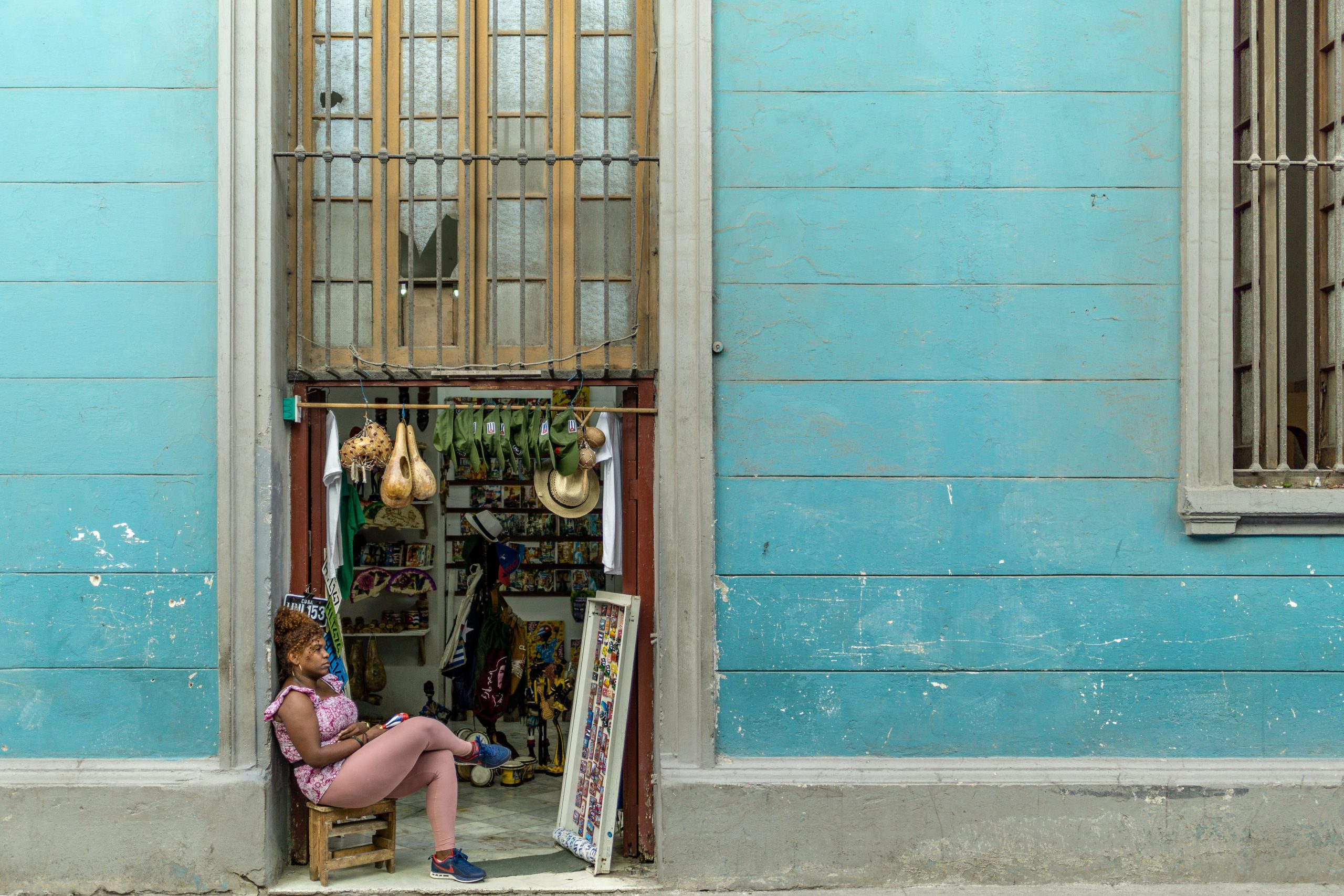
The climate
Cuba is a warm tropical climate, so if you ask us when to visit, we are always going to say that now is good! But it really comes down to the activities and experience you are seeking as some things may not be available at certain time of the year – i.e. birding or diving.
Cuba has two seasons. The dry season runs from November to April. Coolest months being January and February. This time of the year, as the name suggests, majority of the days are sunny. Temperature is around 26-28 Max and the evening cool is around 14 degrees. So it is quite lovely, perfect for hiking, walking around cities. This is also the time of the year when you can expect most migratory birds to visit the island. You’ll also have great visibility under water for snorkelling and diving. (the waterholes are a tad bit chilli tho!)
The wet season runs from May to October. You guessed it, this means that the weather heats up a little, to around 30 degrees max, along with it, it becomes muggy as the humidity rises and you can expect rain. In August and September, nearly daily. It is also the time of year where you can expect a hurricane or two to come by. Even if it doesn’t rain, it is quite often cloudy, that can affect your visibility under water.
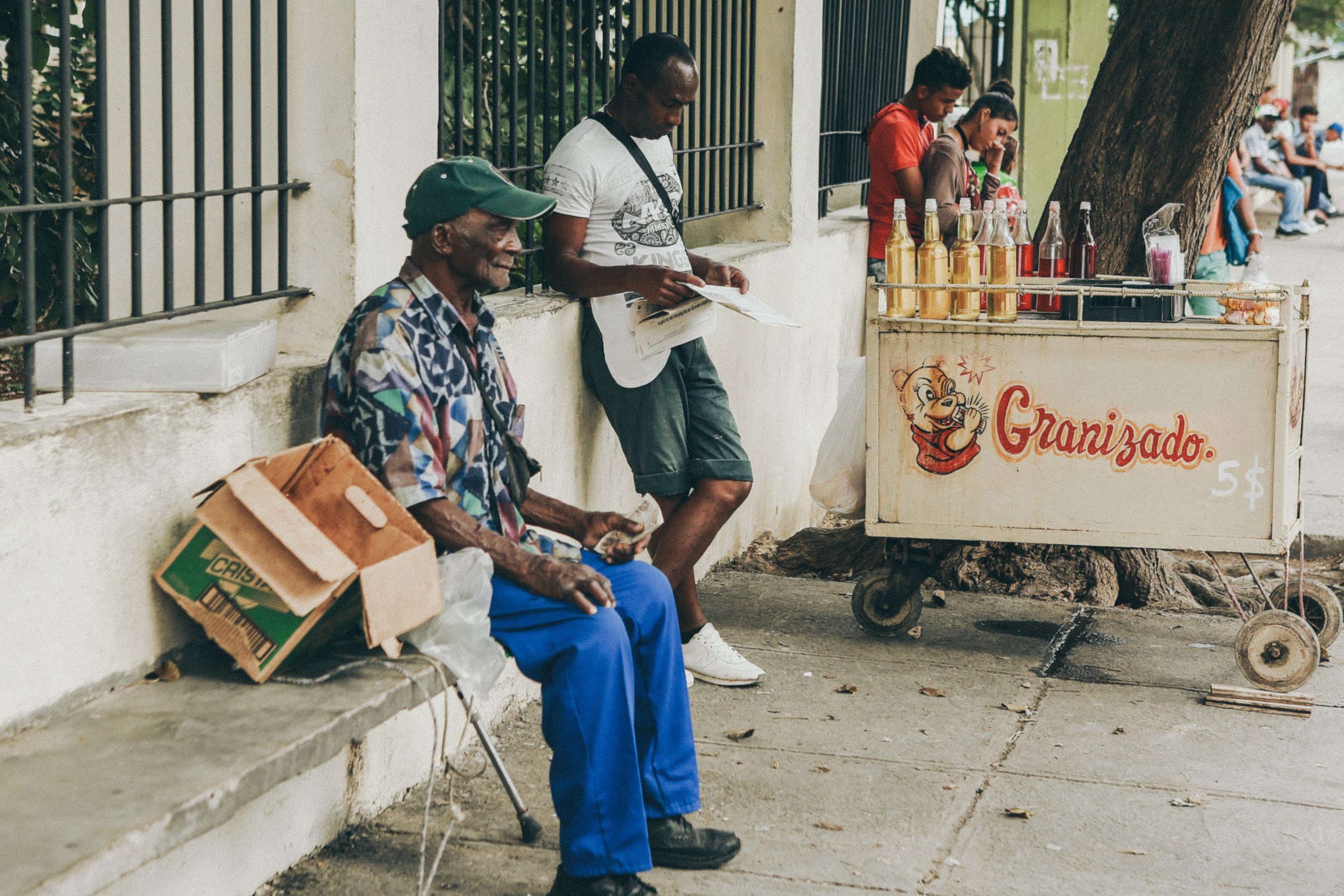
Cuba Tourist Card (Visa)
All visitors must have a Cuban visa or Tourist Card to enter the country. It’s valid for 90 days.
If you are coming from Canada or the US, your airline may have already included this in your ticket. So check with them at the time of booking also to find out how you will receive it, whether they issue it prior to flying or on the plane?
If you are coming via Latin American countries such as Mexico or Panama, then you can purchase this at the airport prior to boarding.
Alternately you can choose to apply with a Cuban Embassy – they will require your flights, travel insurance, confirmation of funds for your holidays and payment. Processing takes around 4 weeks through them.
Alternately, you can use our online processing facility to get your visa delivered to your door. Just click on this link.
With the latter two options you need to ensure that you obtain the correct Tourist card. The ‘Pink’ card is for those travelling directly from the US, and the ‘Green’ card are for people traveling via a non-US airport.
Your passport must have at least two months left on it. We’d always advise applying for a new passport when you are close to the six months mark as many countries don’t let you in with less than six months.
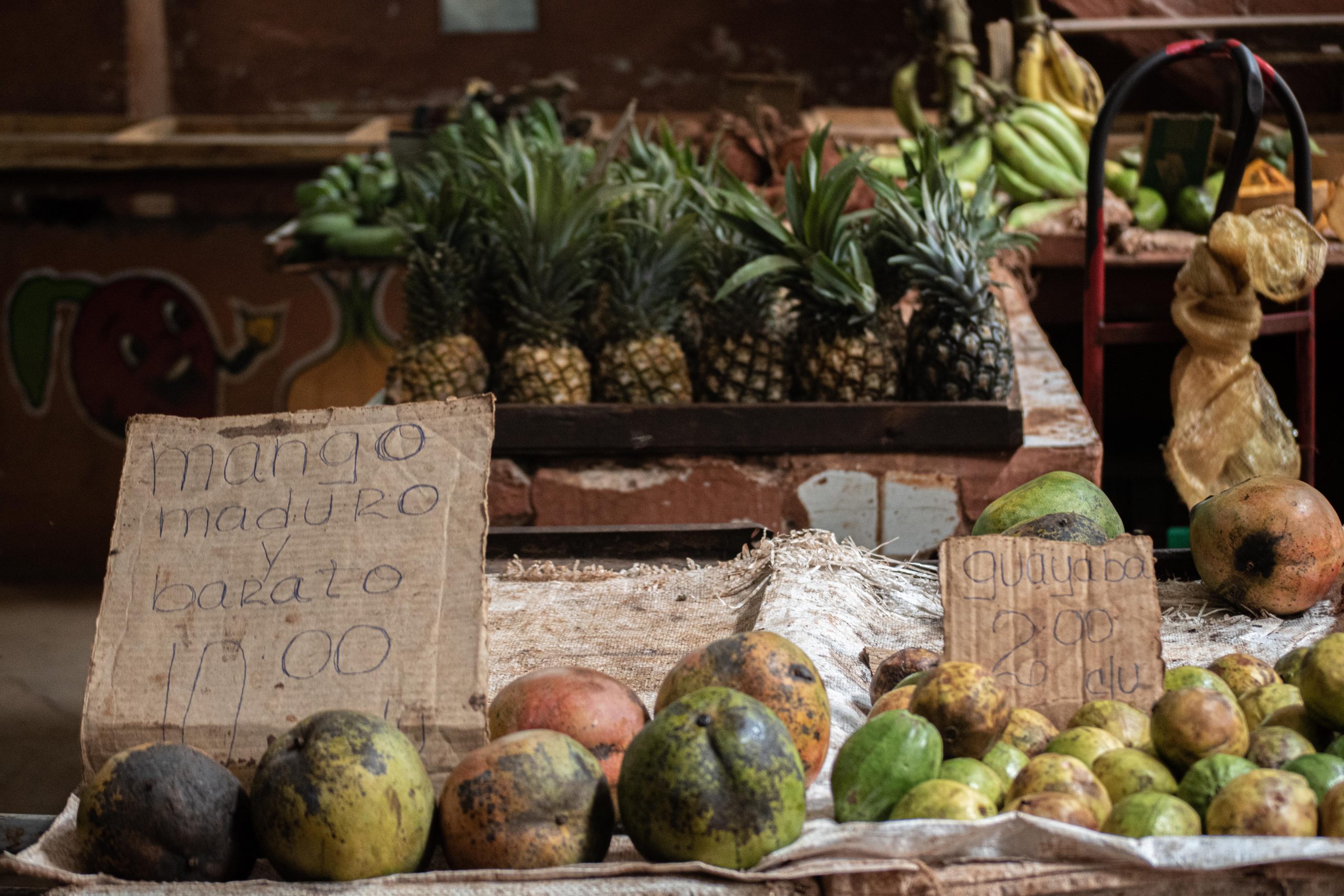
Money in Cuba
Even with the inflation that Cuba experienced over the pandemic, it is generally pretty affordable compared to other Caribbean islands, yet it is more expensive than Mexico, Central America or your South East Asian countries.
The official currency of Cuba is the Cuban Peso (CUP) though in most instances you are better off using EUR or USD. As at December 2022, the official exchange rate is 120 CUP to 1 USD. You’ll always get better prices in the street market, but it is best to exchange money with the help of a local to ensure a good deal and no counterfeit.
US citizens can legally use credit and debit cards in Cuba as long as you are there authorised to be there by the OFAC. However, at the moment, no US credit or debit card can be used in Cuba. This also includes using a US debit card to try to get cash out of a Cuban ATM.
If you are coming from another part of the world, you need to check with your bank that they aren’t relying on a global ATM alliance that is linked with Bank of America or that they aren’t an American owned bank as if that is the case, it doesn’t matter where you come from, your ATM card will not work. (for Australians that means that Westpac, BankSA, Bank of Melbourne and CitiBank cards will definitely not work. NAB and ING Direct cards work)
Expect to pay a 3-8% fee on debit ATM withdrawals in addition to your bank transaction charges.
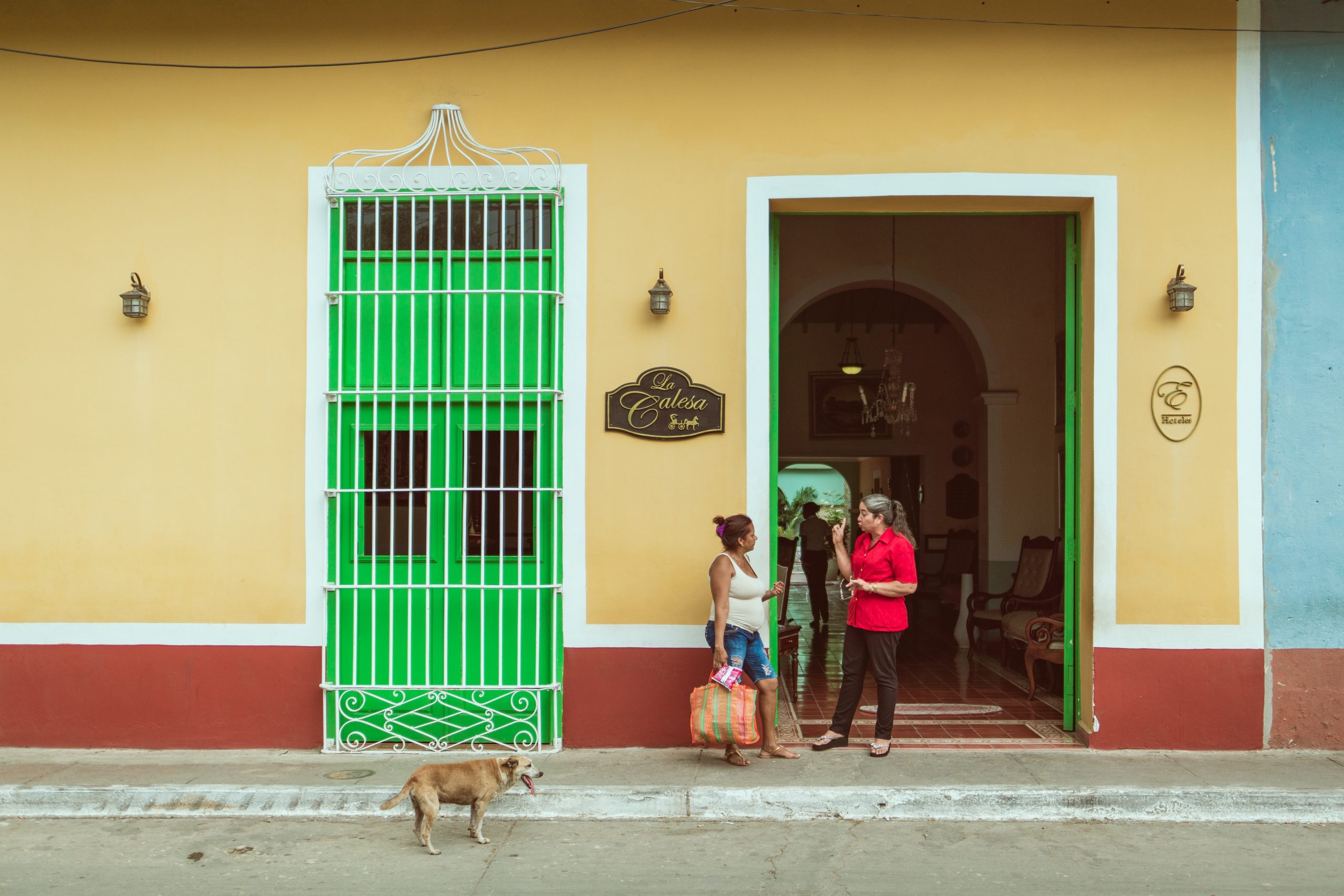
Accommodation in Cuba
Sure, there are all inclusive hotels. But staying in them would make your Cuban holiday just like any other beach side all-inclusive in Asia, Mexico or any other country in the world.
If you want to have a truly authentic travel experience, you need to stay in a casa.
In case you were wondering what a casa is it is basically Cuba’s version on a bed and breakfast style accommodation. Also known as homestays because of the fact that initially they meant staying at a local’s home and sharing living space and facilities with the hosts or hosting families (not always the case anymore) – mi casa, su casa, as you know!
This style of accommodation has been legal in Cuba since 1997 and a lot has changed since, to the point that some function as home rentals where you book the entire property. Not only that, but as the owners of these homes were given more freedom, some areas were able to evolve to meet world-class standards, other’s may still be a little more traditional. In any instance we always ensure that you have air conditioning, hot water, in-room TV, fridge as a minimum. Others may even have a kitchenette – but eating out is much more fun! And your casas in Havana are better than the local hotels if you ask me.
We feel that staying with locals is part of the authentic Cuba travel experience. Not only that, but doing so you are helping the local community!
Ps, yes the photos here are of the casa’s we use in Cuba! See the advantage of using a tour company like ours is that – our founder is Cuban, our guides are Cuban, we have scoured through the island from West to east to hand pick the best accommodation options for you. So you don’t have to try to book online (which for Cuban accommodation is very limited and can be a challenge) and you don’t have to try to find places as you go.
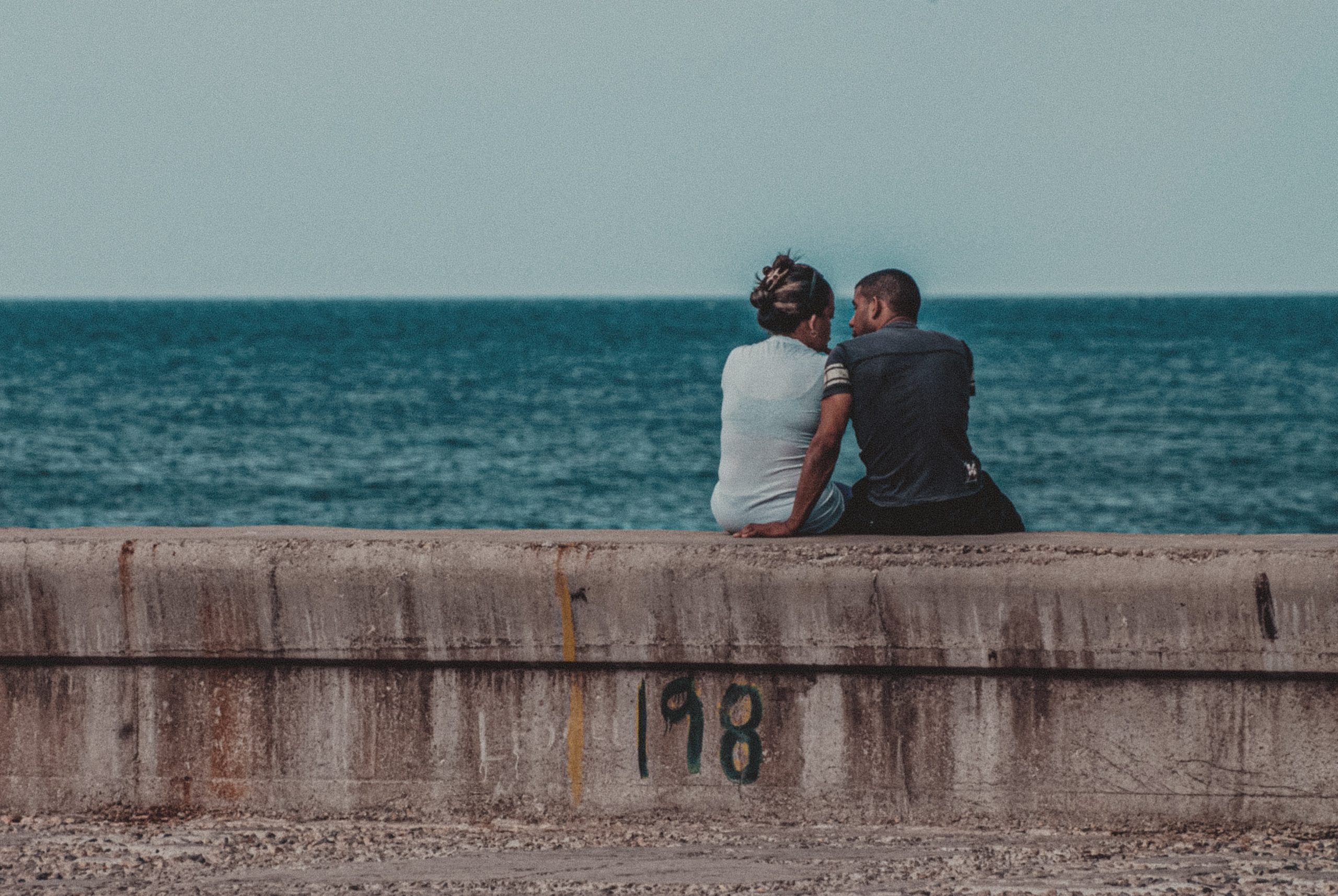
Places to visit in Cuba
Oh there are so many, I am not even sure where to start this list. One thing is for certain, you have get to go past the Havana boundary line to see and experience what Cuba is about. The magic doesn’t happen behind hotel doors and resorts area, it happens in the thick of where the Cubans live.
If you choose an immersive experience, I can promise you, you will not be disappointed. In fact many travellers have found a huge transformation in the way they look at life once they have learnt from the Cuban people and many report a newly found, deeper gratitude.
There are many places to visit, and each offers something a little different. From the hustle and bustle in Havana to the farm life in Vinales, to the colonial feel of Trinidad, to the ‘lost city’ of Baracoa, where to go will come down to the amount of time you have and your interest.
To read our full 14 page Travel Guide of Cuba, download your copy now.


